
Articles
How To Store Linen
Modified: January 5, 2024
Discover the best ways to store linen articles and keep them fresh and wrinkle-free. Follow our expert tips for proper storage and maintenance.
(Many of the links in this article redirect to a specific reviewed product. Your purchase of these products through affiliate links helps to generate commission for Storables.com, at no extra cost. Learn more)
Introduction
When it comes to storing linen, proper care and attention can ensure its longevity and maintain its quality over time. Whether you’re storing your cherished heirloom tablecloths or your everyday bed sheets, following the right storage techniques can help preserve your linen for years to come.
In this article, we will guide you through the process of storing linen in the most effective and efficient way. We’ll cover everything from choosing the right storage space to cleaning and preparing your linen, folding and organizing it, and different storage methods to suit your needs.
So, if you’re ready to delve into the world of linen storage and learn some valuable tips, let’s get started!
Key Takeaways:
- Proper linen storage involves choosing the right space, cleaning, folding, and organizing. Prevent damage by avoiding direct sunlight and harsh chemicals, and consider long-term storage precautions.
- Utilize vacuum-sealed bags and climate-controlled storage for efficient linen organization. Regularly inspect and refresh stored linens to maintain their quality over time.
Read more: How To Store Tablecloths
Choosing the Right Storage Space
Before you start storing your linen, it’s essential to select the right storage space. The ideal storage area should be clean, dry, and well-ventilated to prevent any moisture buildup, mildew, or unpleasant odors.
If possible, choose a room or closet that has minimal fluctuations in temperature and humidity. Linen is sensitive to extreme conditions, so it’s best to avoid areas that are prone to excessive heat or humidity, such as attics or basements.
Additionally, consider the amount of space you’ll need to store your linen collection. Ensure that the storage area is spacious enough to accommodate your linens without cramming them together, as this could lead to wrinkles and damage.
If you don’t have a dedicated storage space, you can consider repurposing furniture like wardrobes, chests, or trunks to store your linen. These furniture pieces provide a convenient and stylish solution for keeping your linen organized and protected.
Lastly, if you plan on storing your linen for an extended period, it may be worth investing in climate-controlled storage units. These units maintain a constant temperature and humidity level, safeguarding your linen from any potential damage caused by external factors.
By selecting the right storage space, you’ll create a suitable environment for your linen, ensuring its longevity and preserving its quality.
Cleaning and Preparing Linen for Storage
Before storing your linen, it’s crucial to clean and properly prepare it to prevent any dirt, stains, or odors from setting in. Here are some steps to follow:
- Inspect and repair: Before cleaning your linen, carefully inspect it for any stains, tears, or loose threads. Make any necessary repairs before proceeding to the cleaning stage.
- Follow care instructions: Check the care label on your linen items for specific washing instructions. Different types of linen may have different requirements, so it’s essential to follow the manufacturer’s recommendations.
- Pre-treat stains: If you notice any stains on your linen, pre-treat them before washing. Use a mild stain remover or a mixture of hydrogen peroxide and water for stains like wine, oil, or food. Gently dab the stain and let it sit for a few minutes before laundering.
- Gentle machine wash or hand wash: Depending on the care instructions, you can either machine wash your linen on a gentle or delicate cycle or opt for a gentle hand wash. Use a mild detergent that is suitable for delicate fabrics.
- Avoid fabric softeners: Linen has natural fibers that become softer and more luxurious with each wash. Avoid using fabric softeners as they can leave a residue on the fabric and diminish its absorbency.
- Allow proper drying time: After washing, allow your linen to air dry completely. Line drying is the best option, as it helps maintain the shape and texture of the linen. Avoid direct sunlight, as it can cause fading.
- Iron or steam: Once dry, you can iron your linen on a medium to high heat setting to remove any wrinkles and creases. Alternatively, you can use a steamer to gently smooth out the fabric.
- Fold or roll neatly: Fold your linen neatly to minimize wrinkles and creases. Avoid folding it too tightly or placing heavy objects on top, as this can lead to permanent creasing. If you prefer, you can also roll your linen for storage.
By cleaning and properly preparing your linen for storage, you’ll ensure that it remains fresh, clean, and ready for use whenever you need it.
Folding and Organizing Linen
Proper folding and organizing techniques will help keep your linen neat, organized, and easily accessible. Here are some tips to help you fold and organize your linen:
- Identify linen types: Sort your linen into different categories such as bed sheets, duvet covers, pillowcases, tablecloths, and napkins. This will make it easier to find specific items when needed.
- Use dividers or labels: Consider using dividers or labels to separate different linen categories within your storage space. This will further streamline your organization process and prevent items from getting mixed up.
- Choose appropriate folding techniques: Different linen items require specific folding techniques to minimize wrinkles and maximize space. For bed sheets, consider folding them into thirds lengthwise, then fold them in half or roll them up. Tablecloths and napkins can be folded into square or rectangular shapes.
- Store matching sets together: Keep matching sets of linen together to make it easier to grab everything you need for a specific table setting or bed arrangement. Store fitted sheets, flat sheets, and pillowcases from the same set in a single stack or container.
- Consider using storage bags or boxes: If you want added protection for your linen, consider storing them in breathable storage bags or boxes. These containers can help prevent dust, moths, and moisture from reaching your linen.
- Rotate your linen: To ensure even usage, rotate your linen collection regularly. By using different sets of sheets or tablecloths, you can prevent any one set from becoming worn or faded.
- Keep frequently used items accessible: Store your most frequently used linen items in an easily accessible location. For instance, keep your everyday bed sheets or regularly used tablecloths within arm’s reach for convenience.
By implementing these folding and organizing techniques, you’ll create a well-structured and efficient linen storage system that helps you locate and maintain your linen collection effortlessly.
Storing Linen in a Closet or Wardrobe
A closet or wardrobe can be an ideal storage solution for your linen collection. Here are some steps to effectively store your linen in a closet or wardrobe:
- Clean the closet: Before storing your linen, make sure to clean the closet or wardrobe thoroughly. Dust the shelves, vacuum the floor, and wipe down any surfaces to ensure a clean storage space.
- Use shelf dividers: Shelf dividers can help create separate sections within your closet or wardrobe, allowing you to keep different categories or sets of linen organized and easily accessible.
- Stack or roll linen: Depending on the space available, you can stack folded linen items on shelves, placing heavier items at the bottom and lighter ones on top. Alternatively, consider rolling linen to save space and prevent deep creases.
- Store in breathable storage bags: If you’re storing linen for long periods or to protect it from dust or pests, consider placing your folded linen items in breathable storage bags. These bags provide an extra layer of protection while still allowing air circulation.
- Arrange by frequency of use: Arrange your linen in the closet based on how frequently you use them. Keep your everyday bed sheets or frequently used tablecloths at eye level or lower for easy access.
- Utilize hanging space: If you have room in your closet, you can also hang certain types of linen. Hang tablecloths or curtains on sturdy hangers to prevent excessive wrinkles and ensure they remain in good condition.
- Label bins or containers: If you’re using bins or containers to store smaller linen items such as napkins or placemats, consider labeling them for easy identification when searching for a specific item.
By organizing and storing your linen in a closet or wardrobe, you can keep your collection well-maintained, easily accessible, and protected from any potential damage.
Store linen in a cool, dry place away from direct sunlight to prevent yellowing and mildew. Avoid storing in plastic bags, as they can trap moisture. Instead, use breathable fabric or acid-free paper to protect the fabric.
Read more: How To Store A Bed
Storing Linen in a Chest or Trunk
If you’re looking for a stylish and functional storage option for your linen, a chest or trunk can be an excellent choice. Here are some steps to effectively store your linen in a chest or trunk:
- Choose the right size: Select a chest or trunk that is spacious enough to accommodate your linen collection without excessive cramming or folding. Consider the dimensions and capacity of the chest to ensure your linen fits comfortably.
- Line the trunk: To protect your linen from any rough or abrasive surfaces, consider lining the inside of the trunk with acid-free tissue paper or clean cotton sheets.
- Use dividers or compartments: If your trunk allows, consider using dividers or compartments to separate different categories or sets of linen. This will help prevent items from getting mixed up and make it easier to locate specific pieces.
- Fold and stack neatly: Fold your linen items neatly and stack them one on top of the other. Place heavier or larger items at the bottom and lighter or smaller items on top to prevent any unnecessary pressure or crushing.
- Avoid overpacking: While it may be tempting to cram as much linen as possible into the trunk, it’s important to avoid overpacking. This can lead to excessive wrinkles, damage, and difficulty in accessing the items.
- Consider using cedar blocks or sachets: To prevent any potential odors or pests, place cedar blocks or sachets in the trunk. Cedar has natural moth-repelling properties and can help keep your linen fresh and protected.
- Keep the trunk in a dry area: Moisture can damage your linen and lead to mold or mildew growth. Ensure the trunk is placed in a dry area away from any dampness or humidity.
- Check periodically: Regularly inspect your linen stored in the chest or trunk to ensure it remains in good condition. Check for any signs of pests, moisture, or damage, and address any issues promptly.
By storing your linen in a chest or trunk, you can create a visually appealing storage solution while keeping your linen well-protected and easily accessible when needed.
Using Vacuum-Sealed Bags for Linen Storage
Using vacuum-sealed bags for linen storage can be a great way to save space while protecting your linens from dust, insects, and moisture. Here’s how to effectively use vacuum-sealed bags for storing your linen:
- Sort and prepare your linen: Before storing your linen in vacuum-sealed bags, make sure to sort and prepare them. Clean the linens following the appropriate washing instructions and ensure they are completely dry.
- Fold or roll the linens tightly: Fold your linen items neatly or roll them tightly to minimize any excess air in the bag. This will help maximize space and create a more efficient vacuum seal.
- Place the linen in the bag: Carefully place the folded or rolled linen into the vacuum-sealed bag. Avoid overpacking the bag, as this can compromise the effectiveness of the vacuum seal.
- Seal the bag: Once the linen is inside the bag, use the seal provided with the vacuum-sealed bag to close it tightly. Ensure that the seal is completely secure to prevent any air from entering the bag.
- Use a vacuum cleaner: Attach the vacuum cleaner nozzle or the provided hand pump to the valve on the vacuum-sealed bag. Turn on the vacuum cleaner and let it remove the air from the bag, creating a tight seal as the bag compresses.
- Store in a dry, cool area: Once the bag is fully vacuum-sealed, store it in a dry, cool area away from direct sunlight. This will help maintain the quality and freshness of your linen.
- Regularly check the bags: It’s advisable to check the vacuum-sealed bags periodically to ensure they remain tightly sealed. If you notice any compromised seals or air leakage, reseal the bag or replace it with a new one to maintain optimal storage conditions.
- Avoid excessive compression: While vacuum-sealed bags help save space, it’s important to avoid excessive compression that could result in permanent wrinkles or damage to the fabric. Balance compression with preserving the quality of the linen.
Using vacuum-sealed bags can be a useful solution, particularly for long-term linen storage or when you need to maximize space. It provides an added layer of protection while keeping your linens compact and organized.
Preventing Damage and Maintaining Linen Quality
To ensure your linen remains in pristine condition, it’s crucial to take preventive measures to protect it from damage. Here are some tips to help prevent damage and maintain the quality of your linen:
- Avoid direct sunlight: Linen is susceptible to fading when exposed to direct sunlight for prolonged periods. Keep your linen away from windows or use curtains or blinds to filter out harmful UV rays.
- Avoid contact with harsh chemicals: Harsh chemicals such as bleach or strong detergents can damage the natural fibers of linen. Use mild, gentle detergents and spot-treat stains instead of resorting to aggressive cleaning methods.
- Handle with clean hands: When handling linen, ensure your hands are clean to avoid transferring oils, dirt, or other contaminants onto the fabric. This will help maintain its cleanliness and prevent any potential stains or damage.
- Store linens away from pets: While we love our furry friends, it’s best to keep linen away from pets to prevent potential damage from their claws or fur. Store your linens in areas that are pet-free or use protective covers.
- Avoid folding creases: To prevent deep and permanent creases, avoid folding your linen in the same place repeatedly. Alternate folding methods or consider rolling your linens for storage to minimize stress on specific areas.
- Keep linens dry: Moisture can cause mold or mildew growth and weaken the fibers of linen. Ensure your linens are completely dry before storing them and avoid storing them in damp areas to prevent any potential damage.
- Regularly inspect for pests: Moths, silverfish, and other insects can cause damage to your linen. Regularly inspect your storage space and linens for any signs of pests and take appropriate measures to eliminate them if necessary.
- Prevent wrinkling: While wrinkles are common in linen, you can minimize their appearance by properly folding or rolling your linens and avoiding overcrowding in storage. Iron or steam your linens before use to create a smooth and polished look.
- Avoid plastic or non-breathable covers: When storing linen, avoid using plastic or non-breathable covers, as they can trap moisture and lead to mold or mildew growth. Opt for breathable materials like cotton or use acid-free tissue paper to protect your linens.
- Handle with care: Be gentle when handling your linen to prevent tears, snags, or fraying. Avoid pulling or tugging forcefully and handle delicate items with extra care to ensure their longevity.
By following these preventive measures and properly caring for your linen, you can help maintain its quality and prolong its lifespan, ensuring that it remains in pristine condition for years to come.
Tips for Storing Linen Long-Term
If you’re planning to store your linen for an extended period, whether due to seasonal changes or personal preferences, it’s important to take extra care to preserve its quality. Here are some tips for storing linen long-term:
- Wash and dry thoroughly: Before storing linen for a long duration, ensure that it’s clean and completely dry. Any dirt, stains, or moisture left in the fabric can lead to discoloration or mildew during storage.
- Use acid-free tissue paper: To prevent any potential damage from contact with storage surfaces, individually wrap delicate or heirloom linen pieces in acid-free tissue paper. This will provide an extra layer of protection and help maintain the fabric’s integrity.
- Avoid plastic containers: While plastic containers may seem convenient, they can trap moisture and lead to mold or mildew growth. Opt for breathable storage solutions like fabric bags or acid-free boxes to allow air circulation and prevent any potential damage.
- Consider climate-controlled storage: If you have a large collection of valuable or delicate linens, investing in a climate-controlled storage unit may be worth considering. These units maintain a constant temperature and humidity level, providing optimal conditions for long-term linen storage.
- Rotate stored linens: Even if you’re not regularly using your stored linens, it’s essential to rotate them occasionally. By periodically swapping out stored linens with those in regular use, you can prevent permanent creases and ensure even wear over time.
- Avoid storing in basements or attics: Basements and attics are prone to fluctuating temperatures and humidity levels, which can damage linen over time. If possible, choose a dry, cool, and well-ventilated area in your home for long-term linen storage.
- Monitor for pests: Regularly inspect your stored linen for any signs of pests, such as droppings or damage. Use natural pest deterrents like cedar chips, lavender sachets, or mothballs to keep insects at bay.
- Avoid hanging heavy linens: Avoid hanging heavy linens such as drapes or curtains for long periods, as this can lead to stretching and loss of shape. Instead, fold and store them in a flat, protected manner to maintain their quality.
- Label and catalog your linen: To keep track of your stored linen, create an inventory list or use labels to indicate the contents of each storage container. This will make it easier to locate specific items when needed.
- Revisit and refresh: Regularly check on your stored linens, especially if they have been stored for a prolonged period. Unfold and refold them, allowing them to breathe and preventing permanent creases. Assess their condition and take appropriate measures if any issues are identified.
By implementing these tips, you can ensure that your stored linen remains in excellent condition, ready to be used whenever you need them, even after long-term storage.
Read more: How To Store Cushions
Conclusion
Proper storage techniques are essential for preserving the quality and longevity of your linen. By following the guidelines discussed in this article, you can ensure that your cherished tablecloths, bed sheets, and other linen items remain in excellent condition for years to come.
Start by choosing the right storage space – a clean, dry, and well-ventilated area that protects your linen from moisture, sunlight, and fluctuations in temperature. Clean and prepare your linen before storage, ensuring it’s free from stains and completely dry.
When folding and organizing your linen, consider categorizing them, using dividers or labels to keep them organized and easily accessible. Explore different storage solutions such as closets, wardrobes, chests, trunks, or vacuum-sealed bags, depending on your space and preferences.
Prevent damage and maintain linen quality by avoiding direct sunlight, harsh chemicals, and excess moisture. Handle linen with care, avoid excessive wrinkling, and periodically check for pests.
For long-term linen storage, take extra precautions such as using acid-free tissue paper, breathable storage solutions, and considering climate-controlled storage units. Rotate and refresh stored linens, and maintain an inventory list or labels for easy identification.
By incorporating these tips into your linen storage routine, you can ensure that your treasured linens remain in excellent condition, ready to enhance your home whenever the need arises.
So, go ahead and make the most of these storage techniques to keep your linen looking and feeling its best for years to come!
Frequently Asked Questions about How To Store Linen
Was this page helpful?
At Storables.com, we guarantee accurate and reliable information. Our content, validated by Expert Board Contributors, is crafted following stringent Editorial Policies. We're committed to providing you with well-researched, expert-backed insights for all your informational needs.
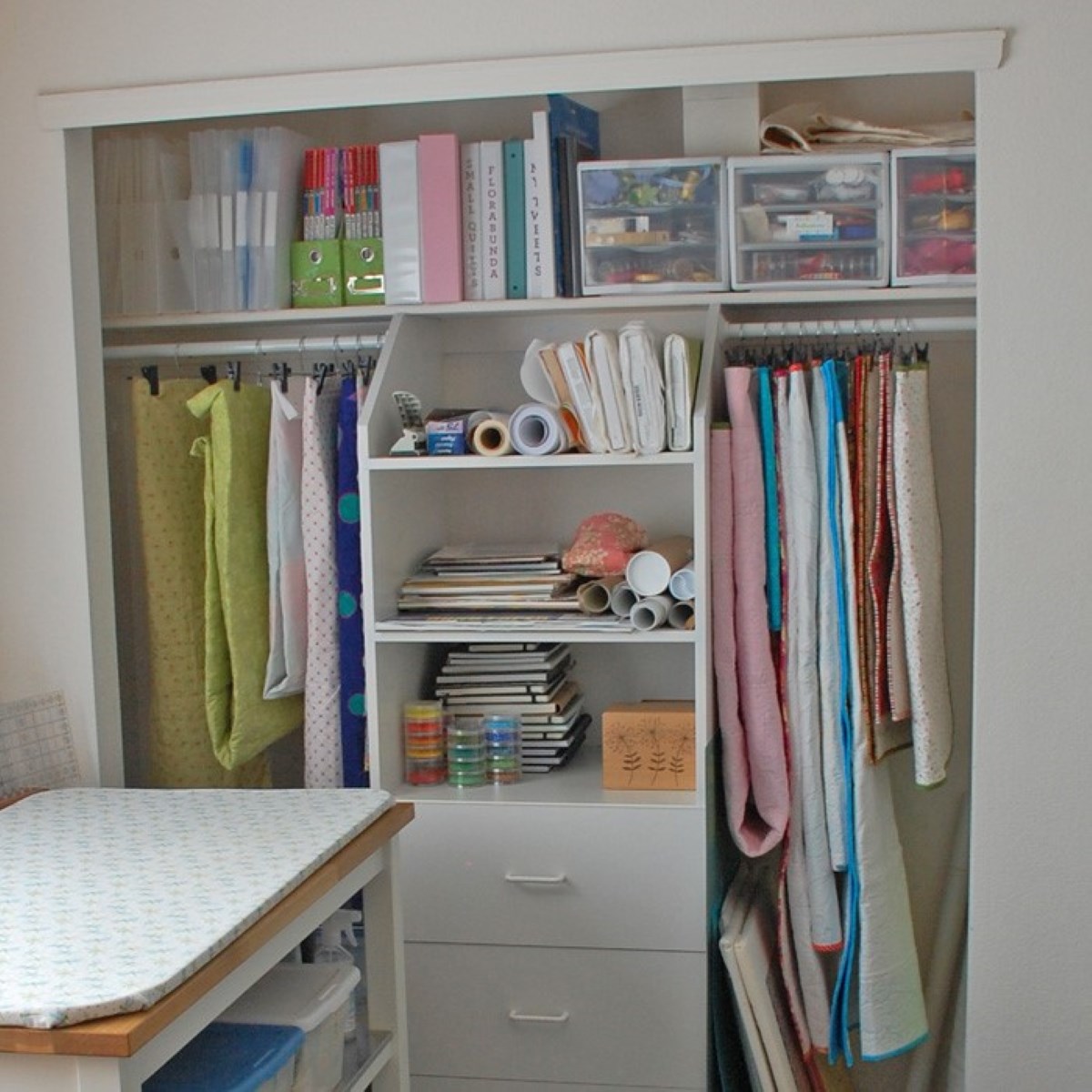

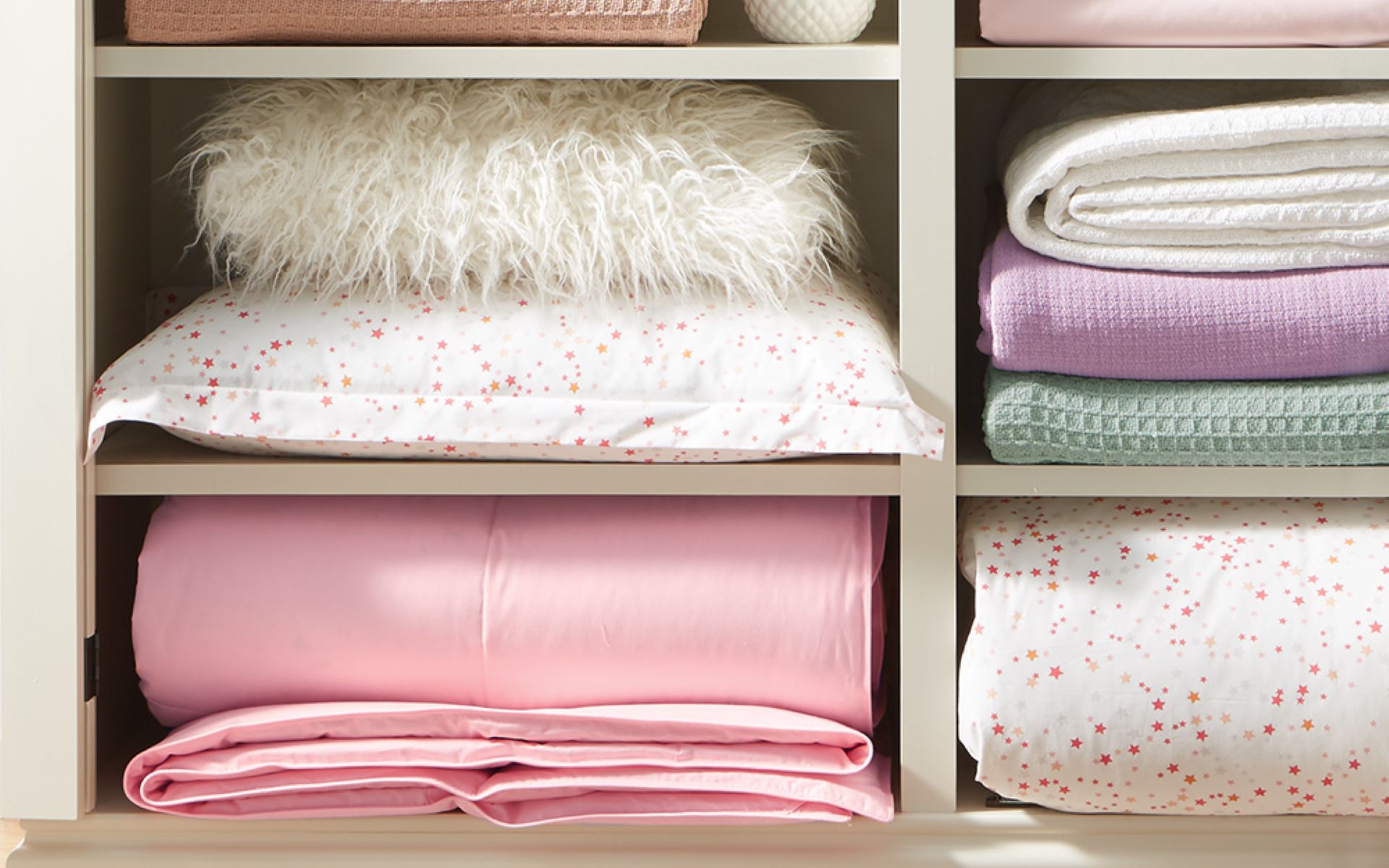


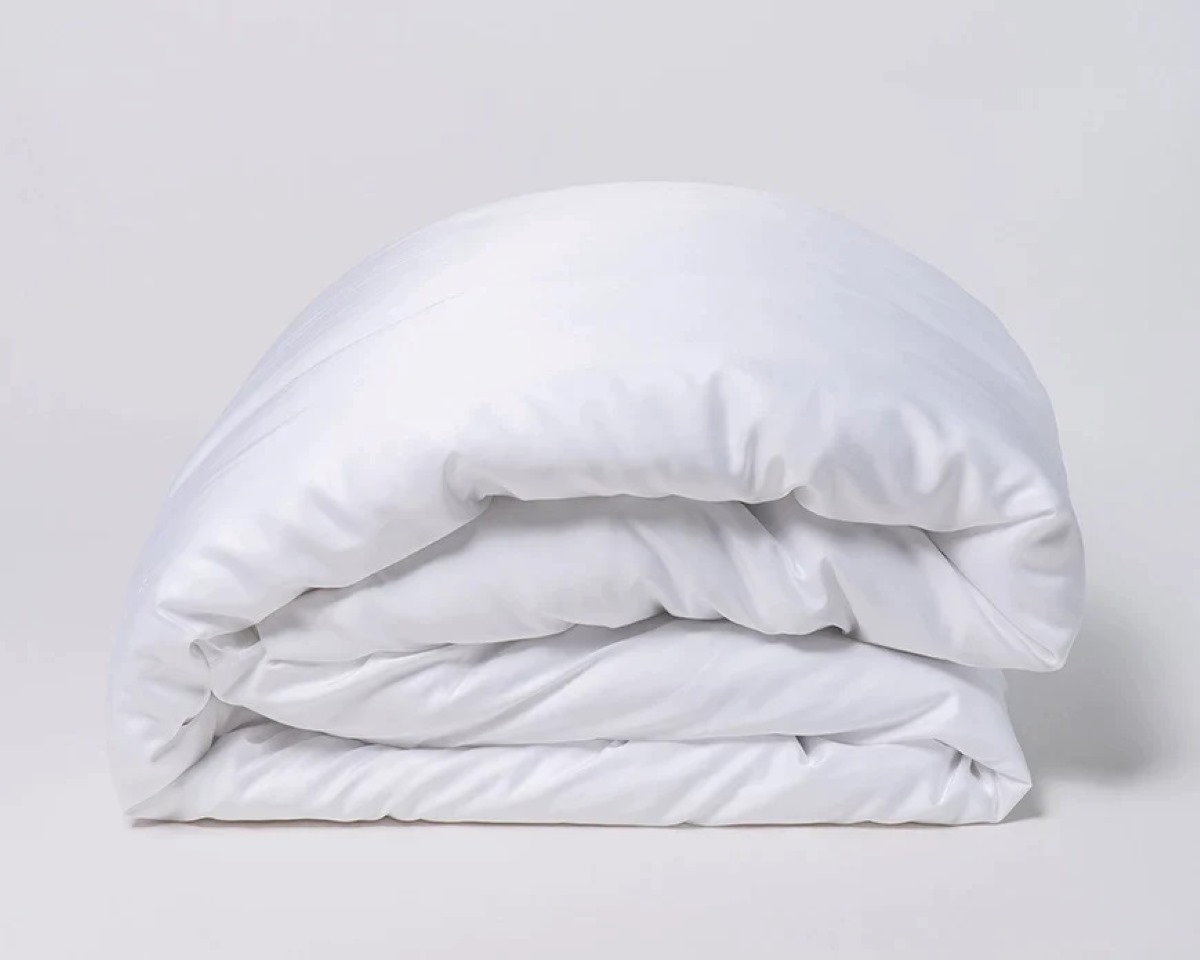

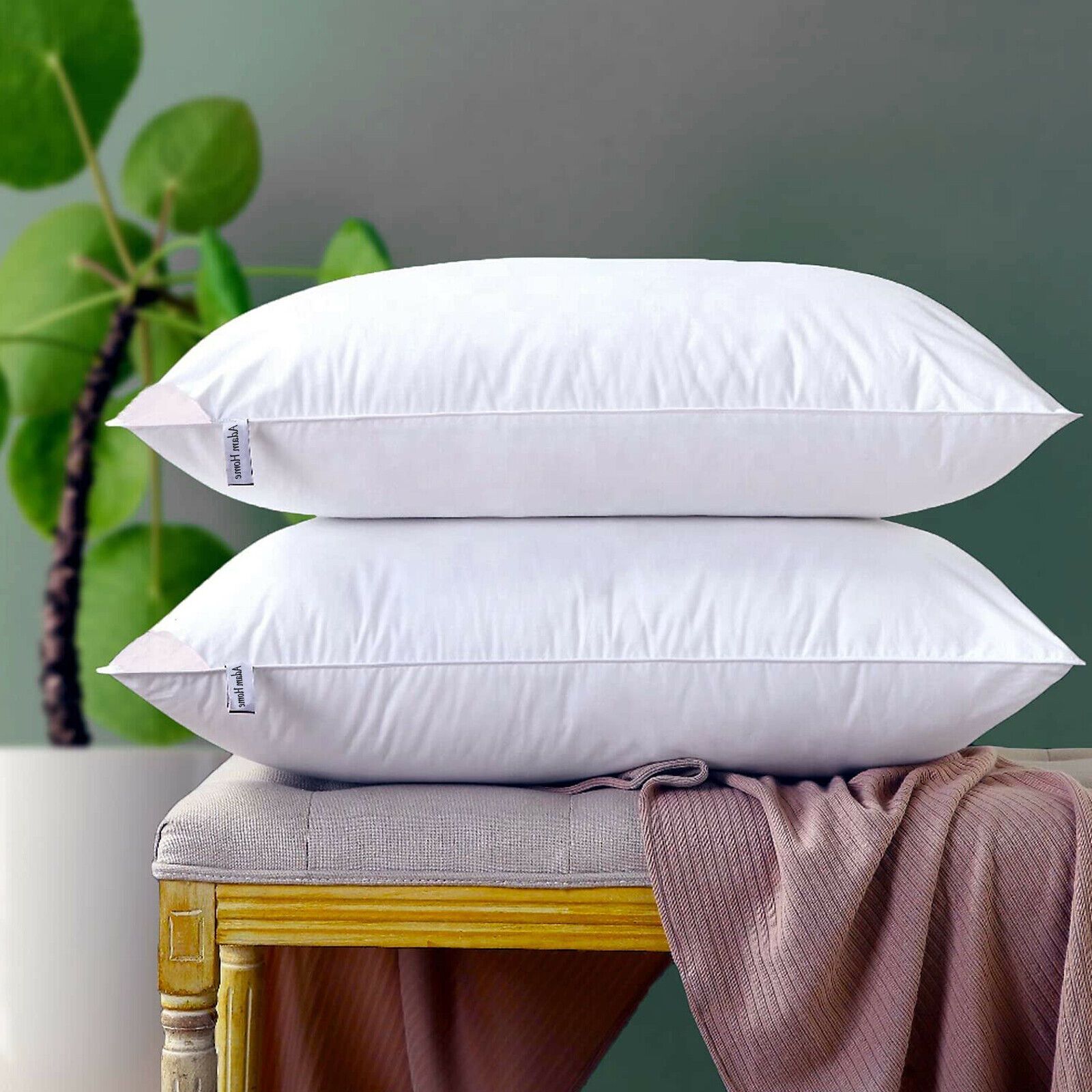
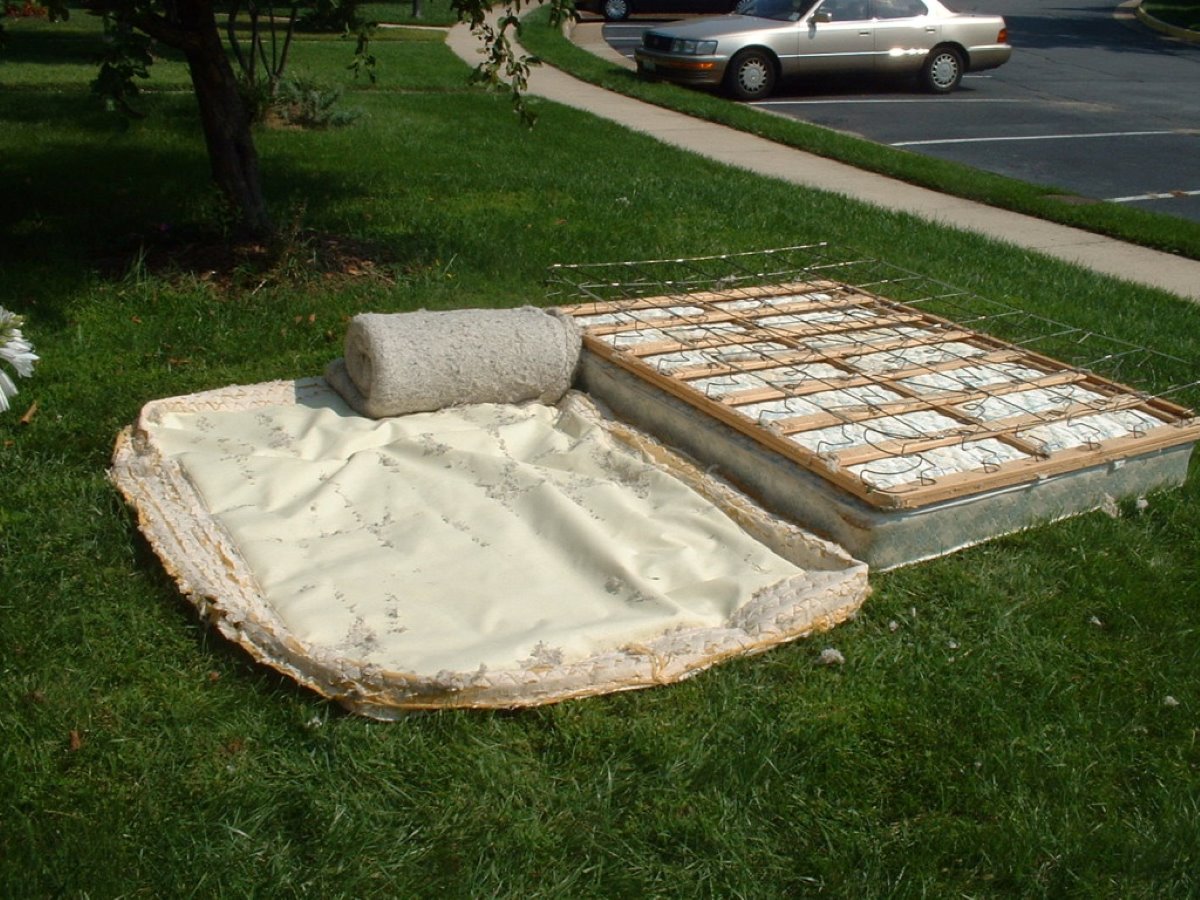
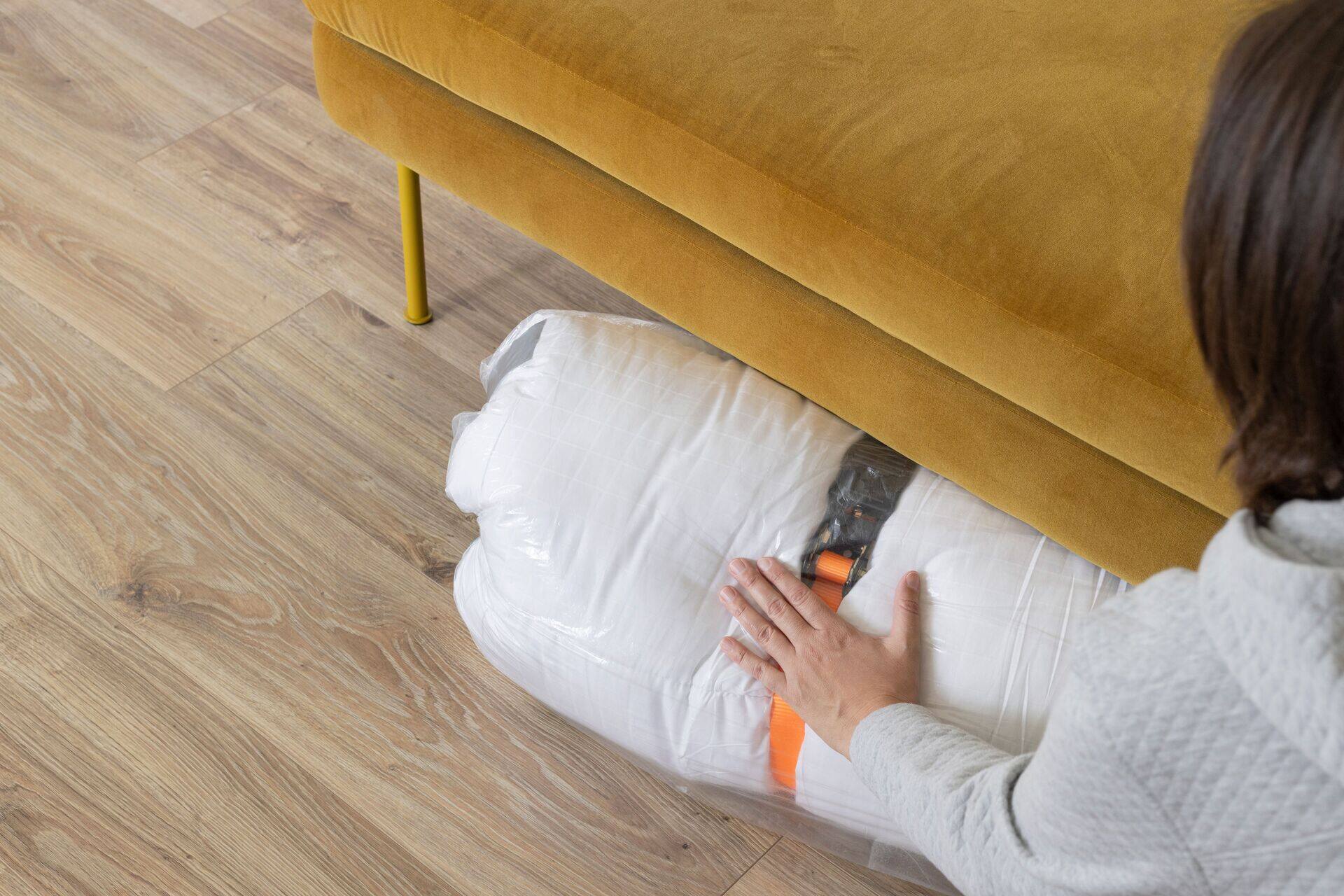


0 thoughts on “How To Store Linen”